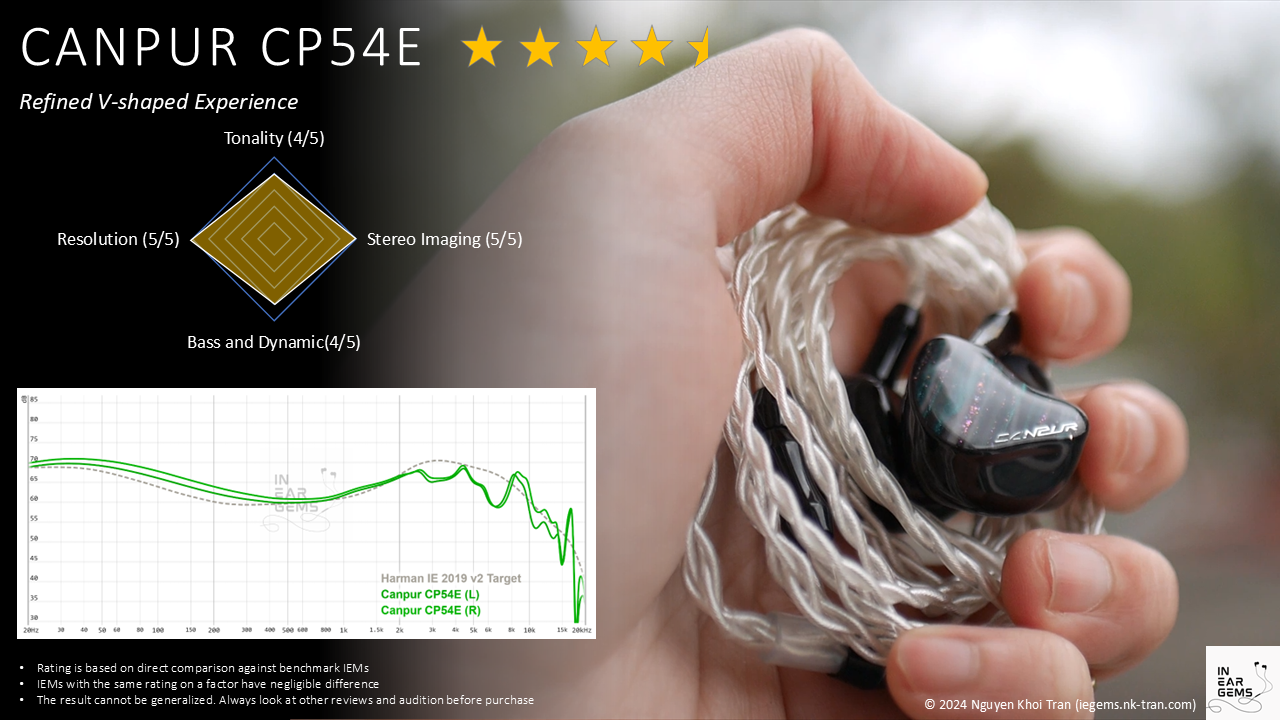Canpur CP54E - Refined V-shaped Experience
Today we look at CP54E, one of the high-end offering from the Dutch boutique CANPUR.
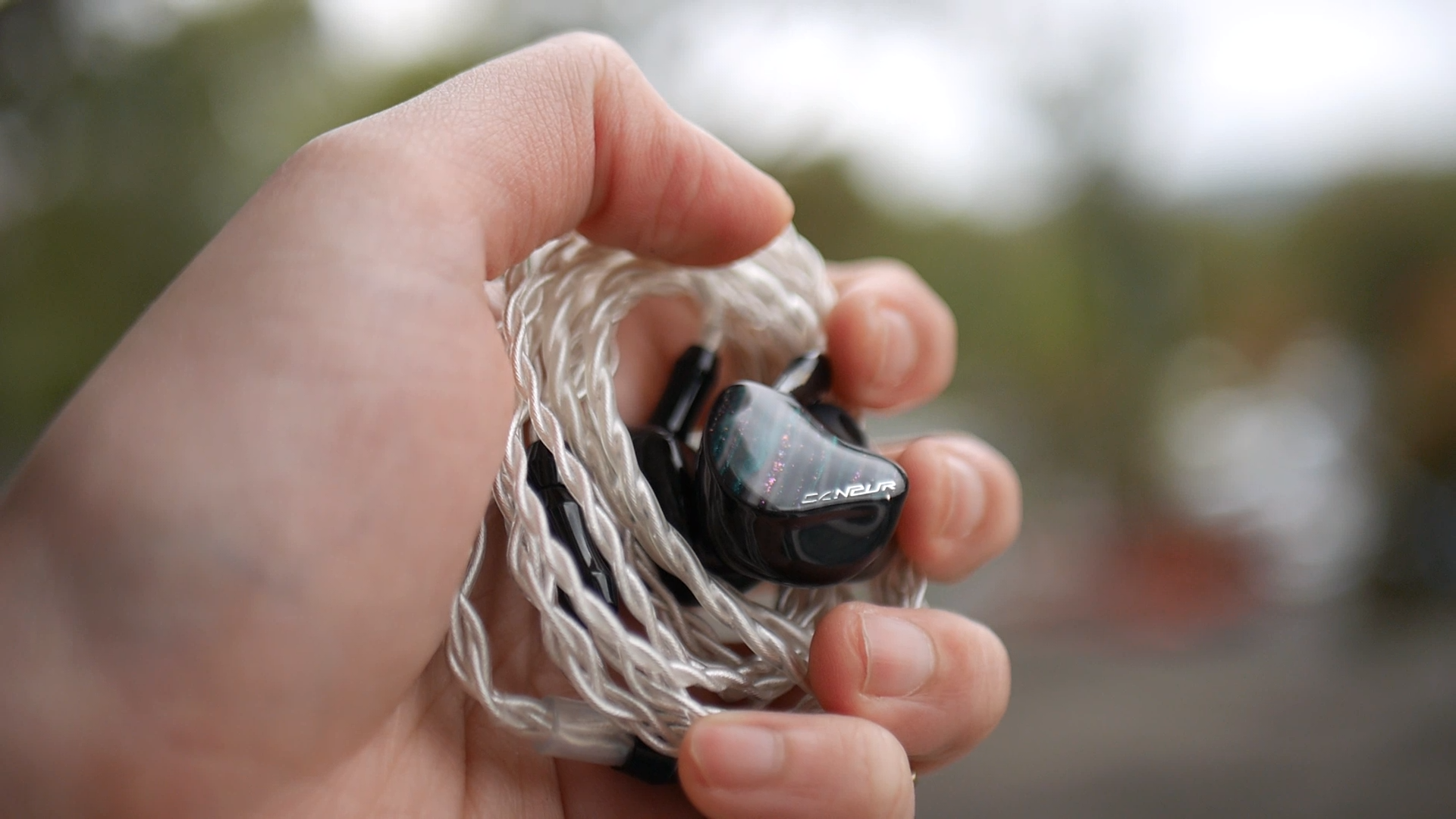
Forewords
- What I look for in an IEM is immersion. I want to feel the orchestra around my head, track individual instruments, and hear all of their textures and details. I’m not picky about tonality, as long as it is not make the orchestra, violin, cellos, and pianos sound wrong.
- I rate IEMs within with a consistent scale from 1 (Poor) to 3 (Good) to 5 (Outstanding). An overall ranking of 3/5 or above is considered positive.
- Ranking list and measurement database are on my IEM review blog.
- The terminology for subjective impressions in this review is based on the Audio Wheel for reproduced sound defined in the technical report ITU-R BS.2399-0
- This review is possible thanks to the Audio Geek Australia and Lanstar (Thank you!). I have no affiliation with or financial interest in CANPUR and Lanstar.
- The unit retails for SGD$2379 at the time this review was published. Unaffiliated link: Lanstar Asia Webstore
General Information
First and foremost, I applause Canpur for their easy-to-understand naming scheme. Let me demonstrate this point by breaking down the model name of CP54E:
- CP: Canpur Performance series.
- 5: 5 balanced armature (BA) drivers.
- 4E: 4 Sonion electrostatic drivers
9 drivers of CP54E are controlled via a 4-way electrical crossover and fed into 4 separate tubes. Another tricks that CP54E packs is something CANPUR dubbed as “micro-inverter” tube design that aid the BA woofers to extend the subbass response.
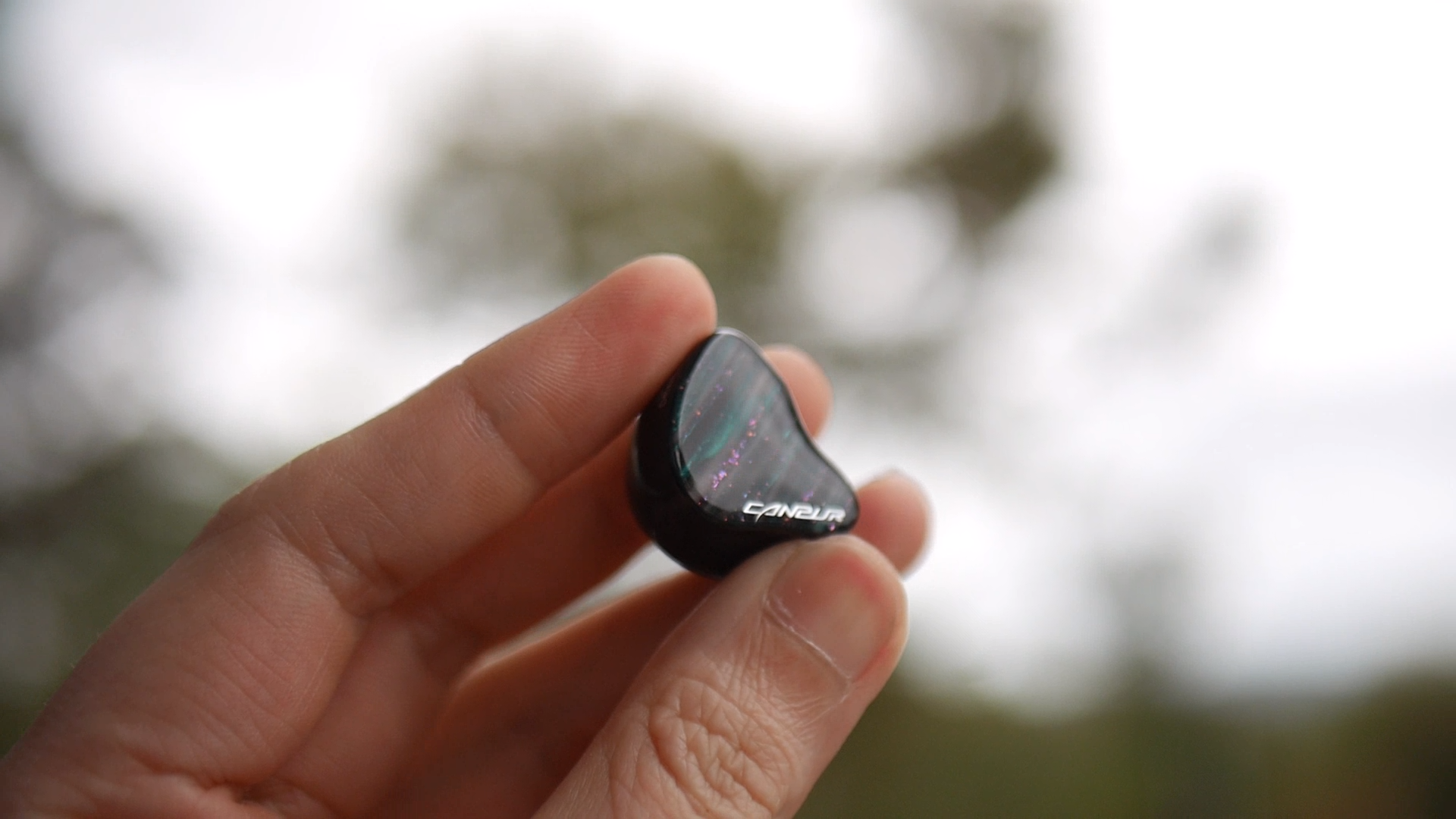


The earpieces themselves are quite big but surprisingly light. The positioning of the nozzles is rather interesting as it makes the body of the IEM sit further to the back of my ears, somewhat similar to the the design of Vision Ears EXT, though not as extreme. Despite the large design, I find CP54E fit quite comfortable in my ears. The only problem is pressure build up in longer listening session.

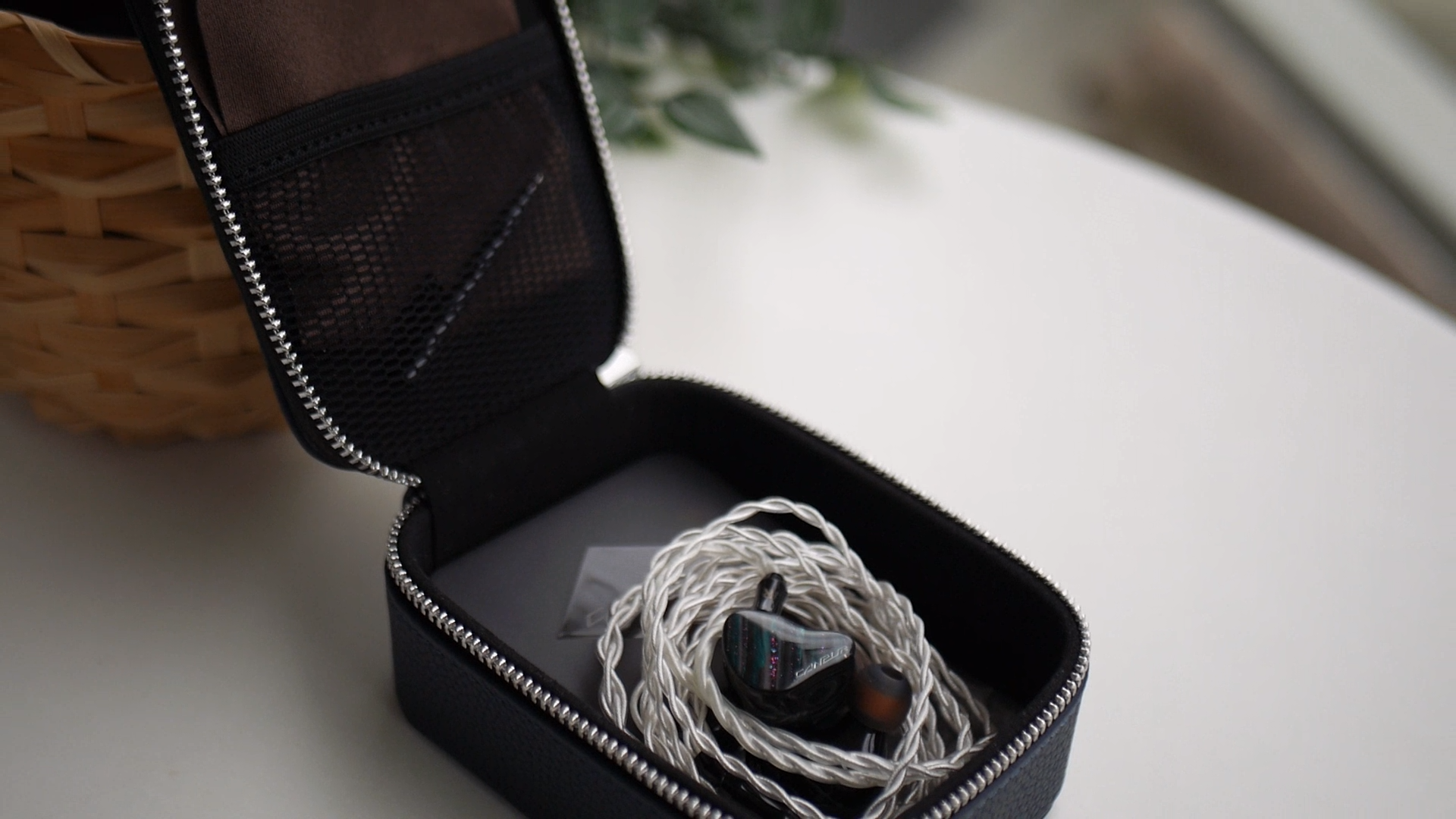


Regarding accessories, my tour sample contains only a rather nice carrying case, which holds a cleaning tool, polishing cloth, the stock cable and a box of stock silicone eartips.
Sonic Performance
Testing setup:
- Sources: iBasso DX300, HiBy R3II, L&P W4
- Cable: Stock cable with 4.4mm termination
- Ear tips: stock silicone eartips
The subjective impression is captured using the lexicon in the Sound Wheel below. I’ll clarify the terminology as I use them. If you want to see more details of the lexicon and related reference, please have a look at the technical report ITU-R BS.2399-0.
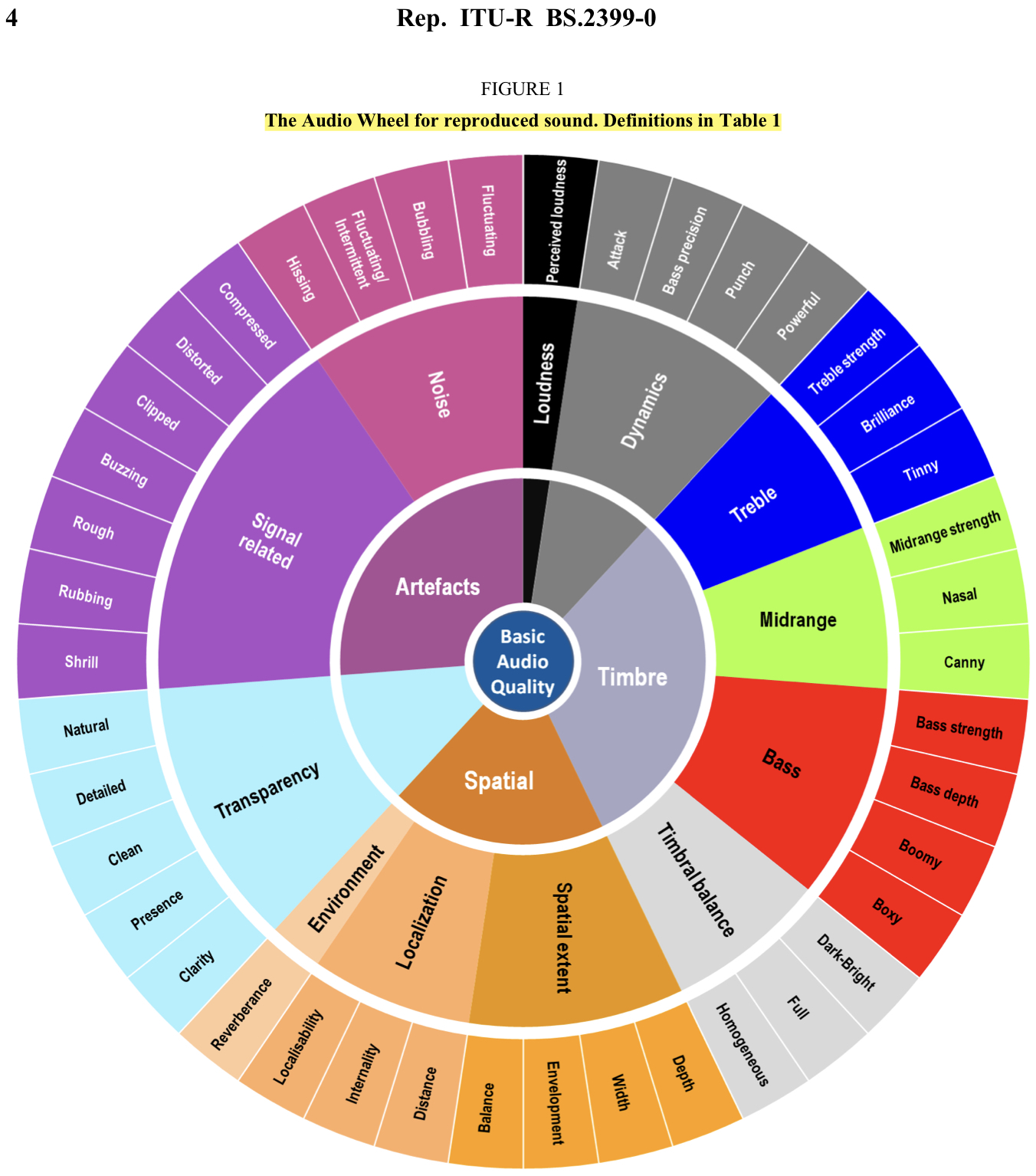
Timbre: Figure shows the frequency response of CP54E against the Harman in-ear target. Measurements were done with an IEC-711-compliant coupler and might only be compared with other measurements from this same coupler. Above 8kHz, the measurement likely does not match the response at the ear drum. Visit my graph database for more comparisons.
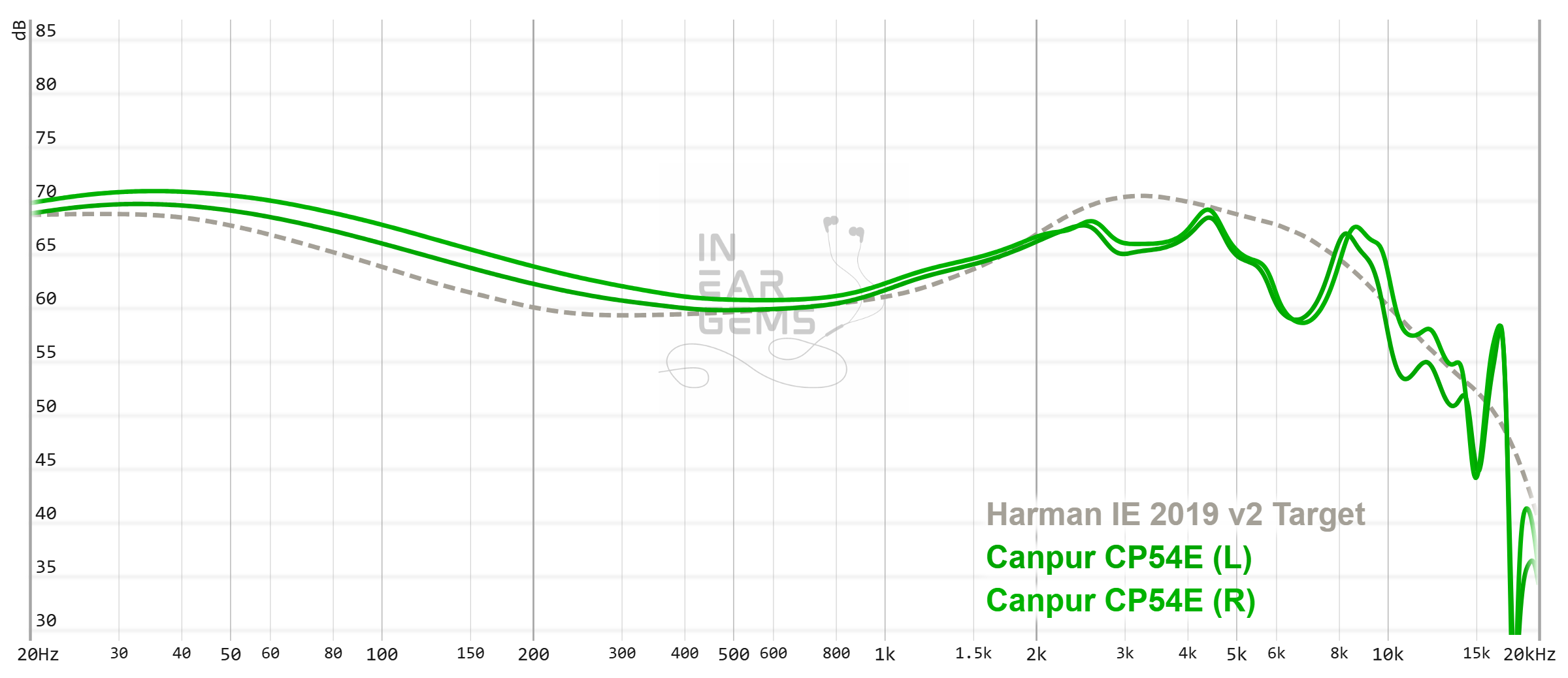
The tonal signature of CP54E can be described as “V-shaped”, but leaning more towards the lower frequencies. Across a variety of recordings in my library, I found that bass instruments like kick drums, bass guitars, cellos, and doublebasses are more highlighted and thus sit closer to me in the mix than other instruments. Treble instruments like cymbals, hats, and high brass instruments are also emphasised, though not as forward as the bass. Midrange instruments and vocals sit further back in the mix. Even though the midrange is not offensively recessed across my library, there were a few tracks when I wanted to turn the volume higher to hear the midrange but I couldn’t because the entire mix would become uncomfortably loud. On the plus side, this recessed midrange tuning tends to improve the illusion of depth in recordings, which can suit your preference.

The midrange tonality of CP54E carries the expected characteristics of a V-shaped tuning. Vocals would have more “oomph” in the lower notes and some higher notes also stand out more. The extra energy in the lower midrange can be beneficial with some male vocals but can cast a “veil” that smother other vocal types. One could say that CP54E sounds boomy with some tracks where bass and lower-midrange are also prominent. However, credit where credit dues, CANPUR does a great job at refining the V-shape signature of CP54E to avoid making it offensive. I did not hear shoutiness or harshness that usually accompany V-shaped tuning, even with more energetic recording.
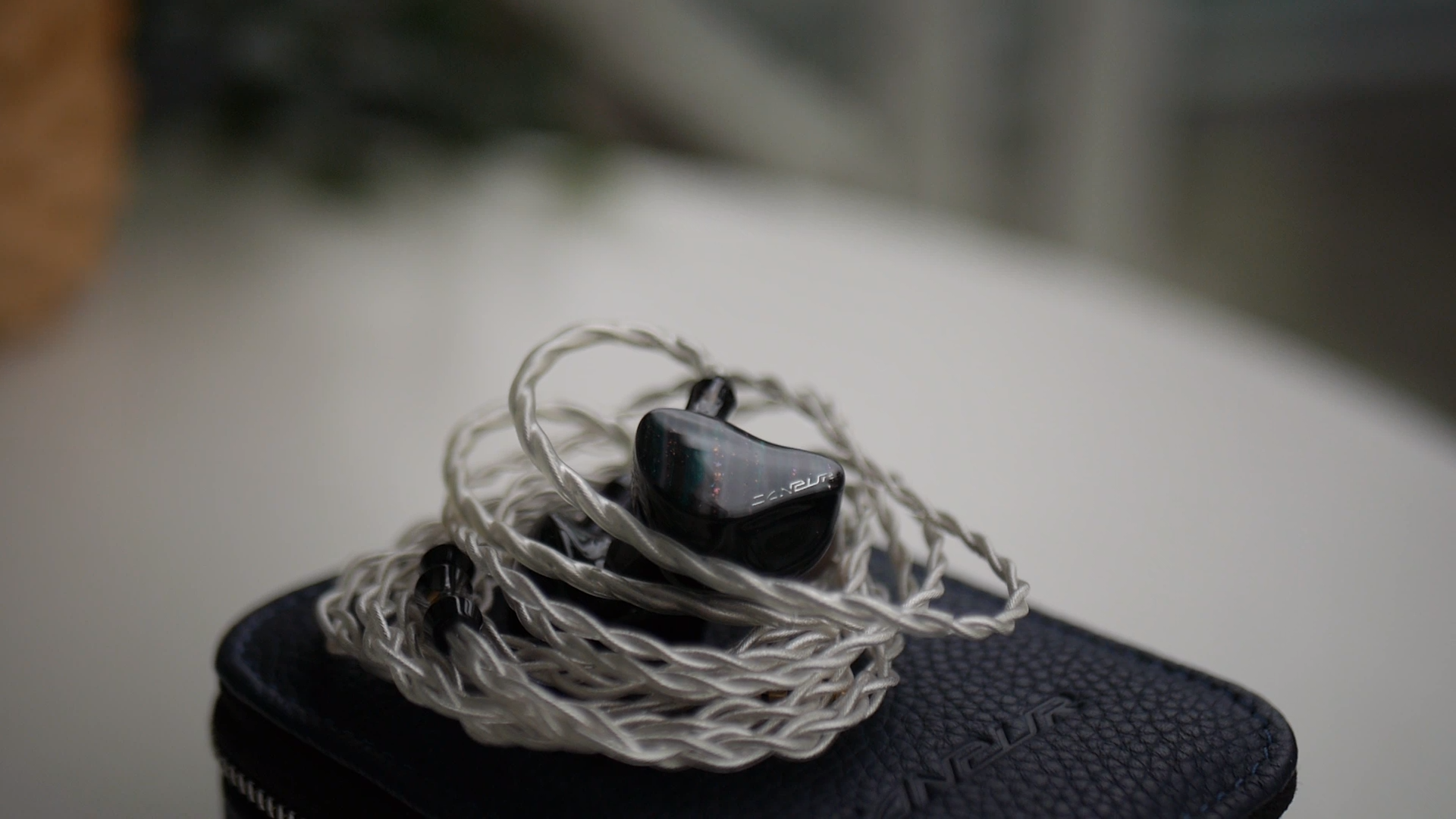
The treble of CP54E is also nicely done. In my tests, I did not find any instance where the treble of this IEM sounds harsh or piercing. At the same time, it does not sacrifice treble articulation and energy to get that inoffensive tuning. The treble extension is also quite nice. This IEM really flexes its 4 EST supertweeters in sparse recordings with a lot of ambience, where I can focus on details.
Bass and perceived dynamic:
The bass of CP54E is handled by, I assume, a pair of Sonion woofers. Now, I know BA woofers do not have the best reputation in our hobby, but these modern BA woofer designs are not like the old one that sounds hollow and tinny. One of the defining factor of CP54E is the precision and power of its transients. It means if I listen to a repeated bass line, I find that every beat is cleanly reproduced with a proper tactile physical sensation accompanying it. When there is bit dynamic swing, when a SLAM suddenly happens after a quiet passage, CP54E can scale that dynamic rollercoaster, which I find rather impressive. At the same time, CP54E does not skim on subbass rumble or bass texture either. Bass guitars, lower strings of cellos, doublebasses sound very nice with this IEM.
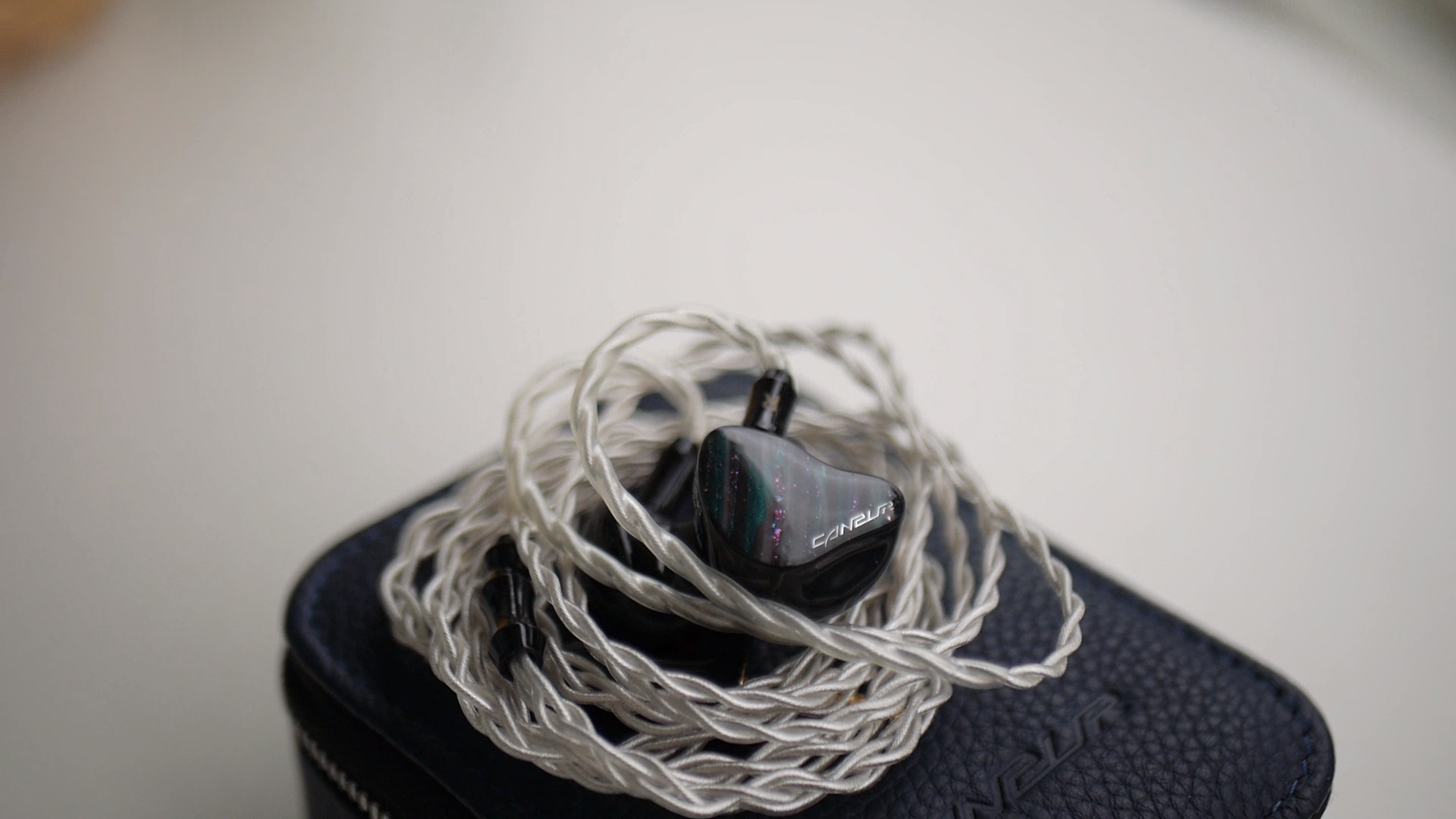
My only complaint about bass and dynamic of CP54E is more about its intangible aspects that, I admit, are rather difficult to put into words. Simply put, the bass of CP54E feels … “stiff.” Great dynamic driver woofers and some BA woofers can convey a sense of elasticity or “bounciness” to the bass notes, whilst CP54E just does not do that for me. It mean, I would still take the snappy and dynamic bass of CP54E over most average DD woofers, but there is something artificial that keeps pulling my attention towards the bass of CP54E in a not-so-good way.
Resolution:

CP54E is quite resolving IEM. I would say it performs within the upper echelons of IEMs and in line with my expectations given its price tag. Note definition is sharp. Micro detailing is strong. Where CP54E flexes is sparse recordings such as Bach’s violin sonatas and partitas, where I can pay full attention to micro details in the violin and the reverberation of the recording hall. These 4EST supertweeters can squeeze out a lot of information, such as in the decay end of the note and the treble “air”.

However, the perceived resolution of CP54E takes a hit in most recordings that are more busy with more overlapping elements. Yes, if I pay more attention, I can still hear a similar level of micro detail. However, the separation of the elements in the mix are not exceedingly strong, so instruments tend to overlap a bit, making it harder for me to track and trace individual parts of the mix. Before moving on, I would like to noted that the phrase “not exceedingly strong” is not just to be wordy. It means that it means: whilst I think the instrument separation of CP54E could be improved further to match its excellent detail retrieval, it’s still quite a step ahead of most average and good IEMs in my collection in A/B tests.
Stereo imaging and soundstage:

With strong treble extension, great treble resolution, and a V-shaped tuning, the soundstage and stereo imaging of CP54E is expectedly good. The V-shaped tuning enhances the illusion of depth by creating a strong contrast between the bass, which sits upfront or even further to the back of my head, and other elements which sit further to the front of my head. The great treble makes instrument positioning precise and makes background elements in the mix convincingly distant. The treble air information also helps to make most mixes sound spacious. Together, these aspects helps CP54E shape a nice 3D soundstage illusion across most recordings, especially well produced soundtracks from modern AAA games. I particularly like how sound elements pop up at various places, in different direction and distance within and around my head with interesting recordings. Needless to say, CP54E also does a great job in FPS games.
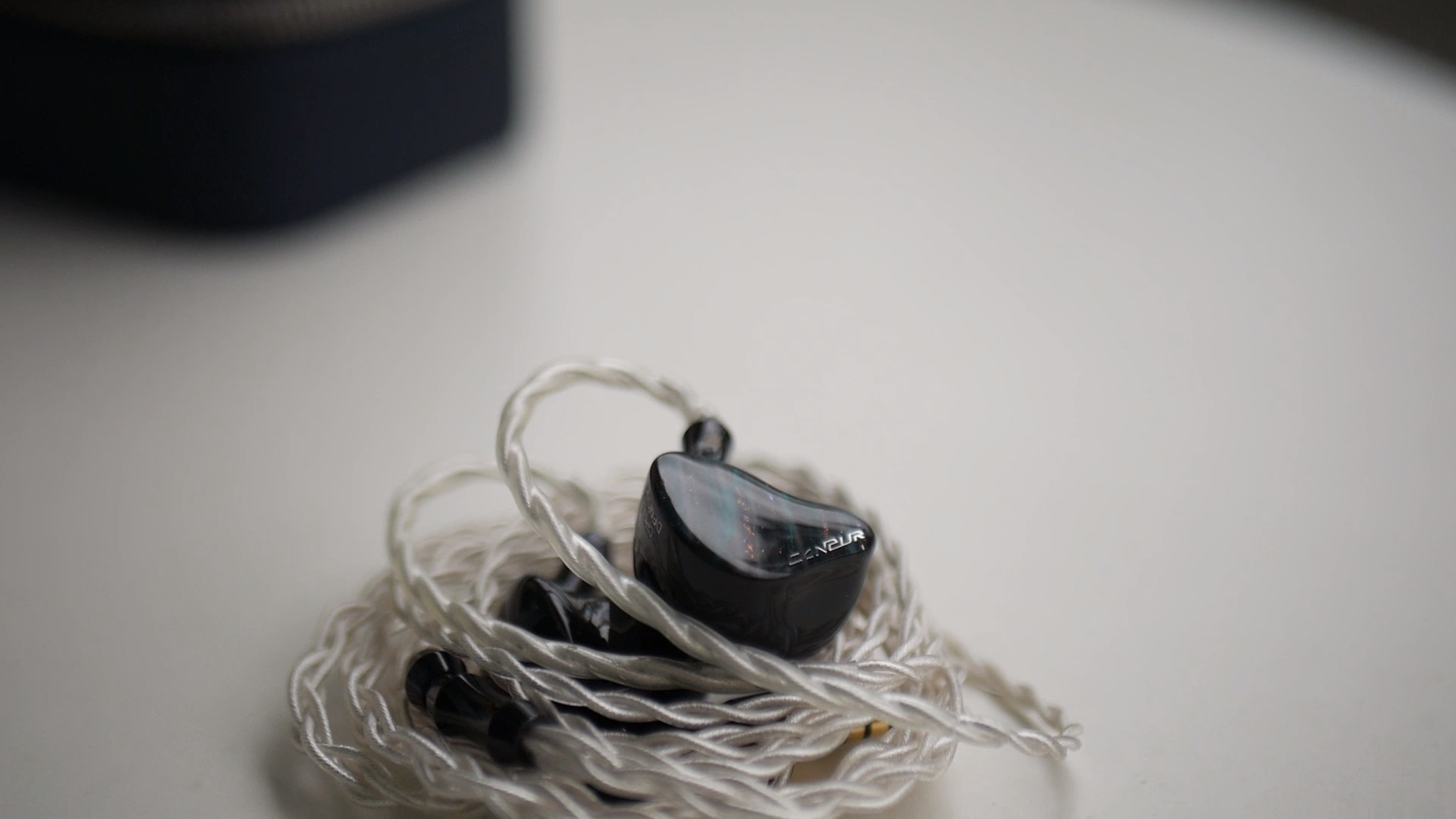
Driveability: CP54E is a moderately sensitive IEM, clocking at 105.5dB/100mV @ 1kHz with an impedance of 8.6ohm @ 1kHz. In real world listening, it’s slightly more sensitive than my AFUL Cantor but noticeably less sensitive than most average IEMs out there. I find the IEM sound good directly from a modest source such as HiBy R3II, but it does sound a bit better with my DX300 and my desktop amplifier FiiO K7.
Selected Comparisons
Vs AFUL Cantor: Cantor is a 14BA behemoth from the Chinese boutique AFUL. The calling card of this IEM is a rather even “W-shape” tuning, superb resolution, and surprisingly capable BA bass. The biggest difference between these IEMs in A/B tests is the tonality. When I switch to CP54E after listening to Cantor, I waas pretty annoyed by the recessed mid. After getting used to the sound of CP54E and switching back to Cantor, I was immediately shocked by how upfront the midrange is. Ultimately, my preference leans towards Cantor as I did not need to adjust volume to hear the midrange clearly as often as with CP54E.
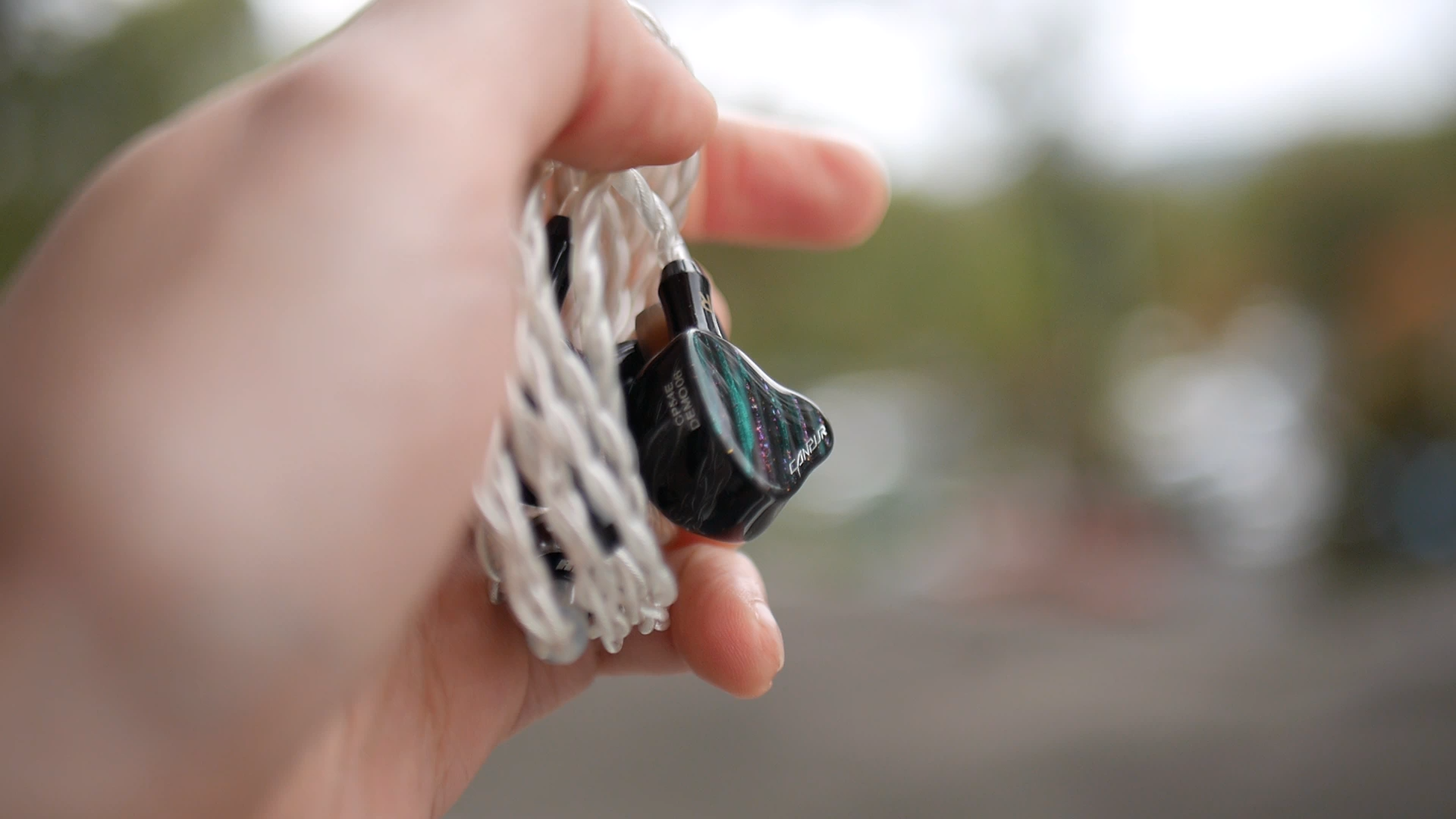
Regarding technical performance, these IEMs are very close. Cantor has an edge when it comes to instrument separation in busy tracks with its ability to peals apart complex mixes. On the other hand, in sparse recordings, the 4EST supertweeters of CP54E slightly edge out the 6BA tweeter array of Cantor in terms of detail retrieval, particularly the details of the treble air. The bass is quite close. CP54E has an obvious edge in terms of the amount of bass, whilst I find the “bounciness” of the bass that I missed in CP54E can be found in Cantor. Still, I wouldn’t bat an eye if you find the sheer amount of bass of CP54E makes its a better bass performer.
Conclusions
What do I think about CP54E? I admit I feel a bit conflicted. On the one hand, this IEM does great on almost every aspect I index for. On the other hand, the whole made from these individual aspects, somehow, failed to move me as much as I expected. That said, CP54E is still a highly technical IEM with a refined V-shaped tuning. If that sounds like what you want when you splurge for your next “end game”, I would say CP54E is worth an audition.
What I like about this IEM:
- TOTL-class technical performance, particularly detail retrieval
- Snappy, dynamic presentation
- Refined V-shaped tuning that is energetic but not harsh
What could be improved:
- The whole midrange could be brought forward a bit
- I wish the instrument separation to be stronger
Absolute Sonic Quality Rating: 4.5/5 - Great
- Timbre and Tonality: 4/5 - Great
- Bass and dynamic: 4/5 - Great
- Resolution: 5/5 - Outstanding
- Soundstage and imaging: 5/5 - Outstanding
Bias Score: 3/5 - I am lukewarm about this IEM
